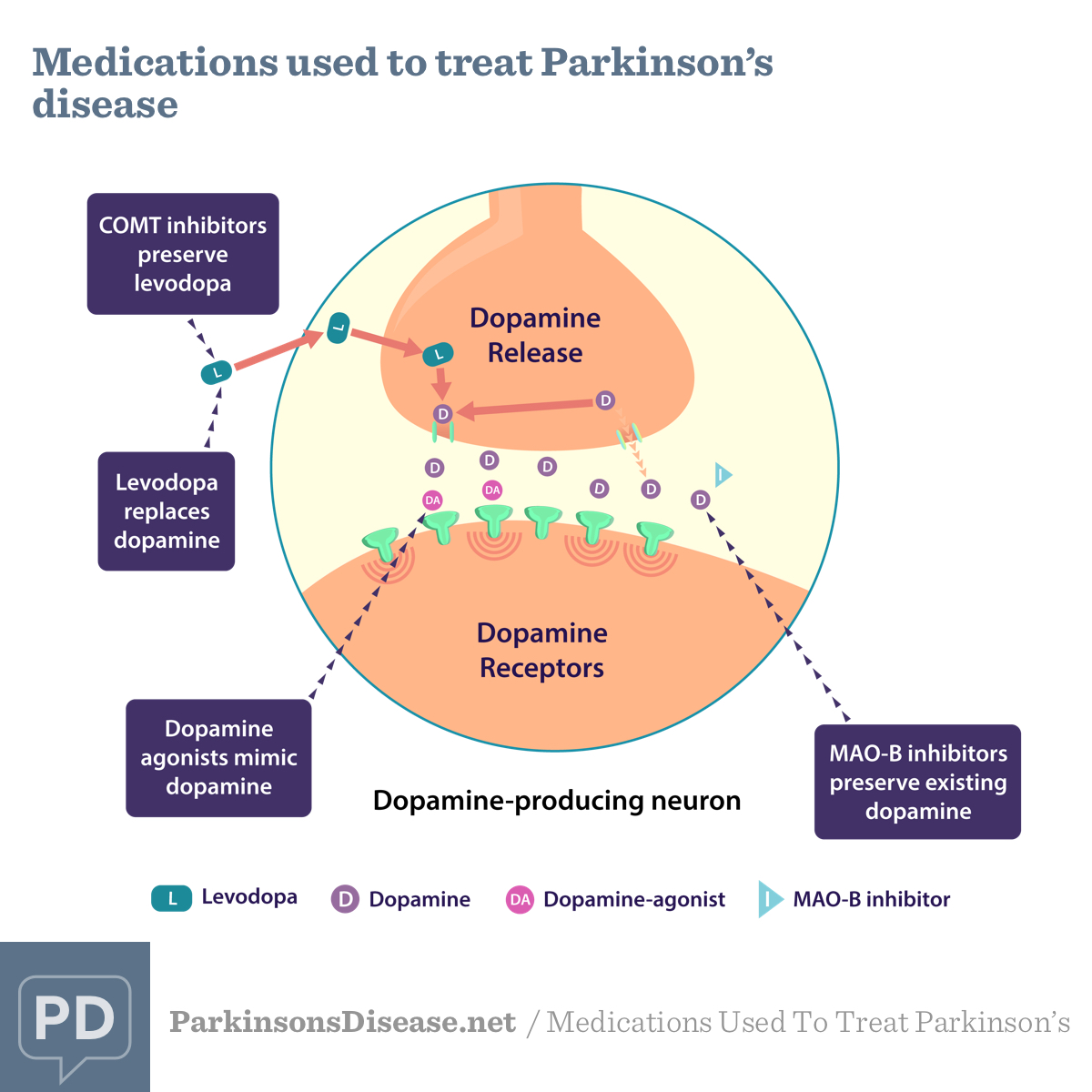What are Neurotransmitters?
It’s a well-known fact that neurotransmitters have a profound impact on the brain. But how exactly do they work? Neurotransmitters are chemical substances released in vesicles at the end of a nerve fiber (at the terminal branches of an axon) with the arrival of a nerve impulse. They diffuse across the gap between two neurons, also called the synaptic gap or cleft, and are received by receptors on the receiving neuron (at the dendrite), which transfers the impulse from one nerve to another. The image below shows this process in greater detail.
:max_bytes(150000):strip_icc():format(webp)/iStock-499581991-5873ee1b5f9b584db35e4fe3.jpg)
It helps to think of neurotransmitters and receptors like a lock and key mechanism: receptors act like locks, accepting some neurotransmitters and rejecting others that don’t “fit”. Neurotransmitters are the “key” that fits into its designated receptors. After a receptor accepts a neurotransmitter, it begins a chain reaction of events that locally charges the cell membrane, sending a signal along the length of the neuron and on to the next.
Dopamine and Parkinson’s Disease
Now that we have a basic understanding of how neurotransmitters work, we can discuss what effects a neurotransmitter imbalance would have on the brain. The neurotransmitter dopamine has pathways involved with Parkinson’s disease. Parkinson’s is considered a degenerative disorder and begins when cells in the part of the brain known as the substantia nigra begin to die. These nerve cells are responsible for dopamine production and relay messages that control body movement. In some people, these dopamine-producing nerve cells begin to die. When approximately 80% of dopamine is lost, symptoms such as tremors, slow movement, stiffness and loss of balance occurs in the body.
Parkinson’s is the second most common age-related disease after Alzheimer’s disease. It is estimated that 7-10 million people worldwide suffer from Parkinson’s, including my grandmother. As I’ve visited her frequently over the years, I’ve watched her symptoms manifest in several ways. She walks slowly and with a shuffling gait and relies on her walker to get around the house. Her hands often tremble even when she is not cold or scared and sometimes, she stutters in her speech. These are all classic symptoms of Parkinson’s as they all relate to a loss of motor function. This is likely because of the lack of dopamine in her brain. Her body movement is interrupted because the cells in the substantia nigra are unable to send nerve impulses as frequently between the spinal cord and the brain due to the lack of dopamine.

Treating Parkinson’s Disease
While the initial cause of cell death in the brain remains unknown, scientists have been using their knowledge of dopamine and its pathways to create drugs that mimic how dopamine is supposed to work in the brain. My grandmother has recently begun using one of these drugs, which are also known as Dopamine-receptor agonists, to treat her symptoms. Like dopamine, they fit into the receptors that receive dopamine and are able to complete the neural pathway the leads to smooth body movement. The diagram below shows how dopamine agonists mimic the effects of dopamine.

While agonist drugs can help ease the symptoms of diseases like Parkinson’s, it is our hope that researches will soon be able to identify the source of this degenerative disease. One thing is certain: we must never underestimate the importance of neurotransmitters and their effect on our body and mind.
Links:
https://www.lexico.com/en/definition/neurotransmitter
https://mayfieldclinic.com/pe-pd.htm
https://parkinsonsnewstoday.com/parkinsons-disease-statistics/
Image 1: https://www.verywellmind.com/the-chemistry-of-depression-1065137
Image 2: https://www.atrainceu.com/course-module/1874200-080_antiparkinson-strategies-module-03